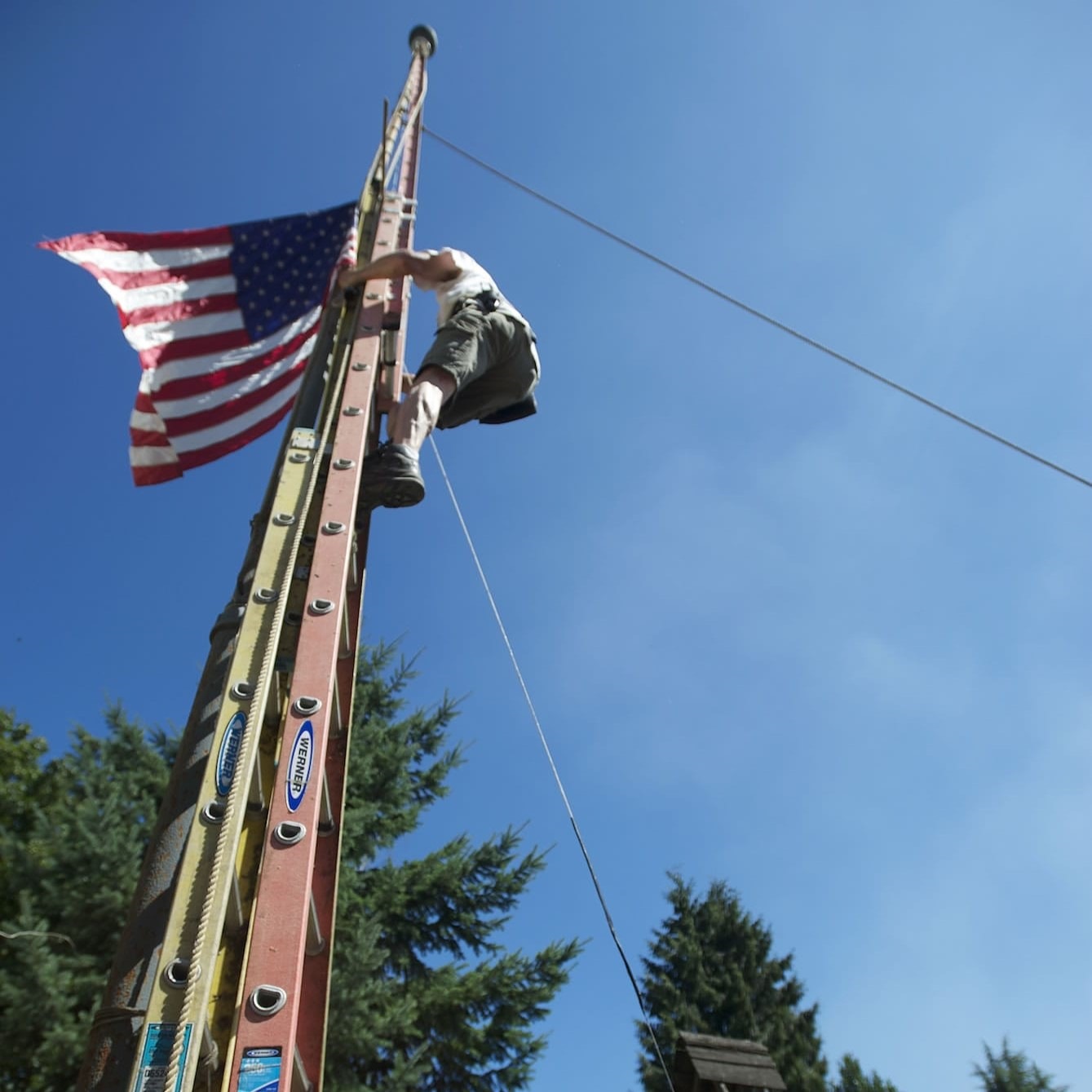

Articles
How To Secure A Ladder To A Flagpole
Modified: December 7, 2023
Learn how to secure a ladder to a flagpole safely and efficiently with our informative articles. Enhance your knowledge and make your flag-raising experience worry-free.
(Many of the links in this article redirect to a specific reviewed product. Your purchase of these products through affiliate links helps to generate commission for Storables.com, at no extra cost. Learn more)
Introduction
Flagpoles are a popular way to display flags in homes, businesses, and public areas. They provide a sense of patriotism and can be a beautiful addition to any outdoor space. However, maintenance and safety should always be a top priority when using a flagpole. One important aspect of flagpole safety is ensuring that the ladder used to access the flagpole is securely attached. In this article, we will guide you on how to securely attach a ladder to a flagpole, ensuring your safety and the longevity of your flagpole.
Before we dive into the steps, it’s important to note that the process may vary depending on the type of flagpole and ladder you have. Always refer to the manufacturer’s instructions for specific guidelines and safety recommendations. Additionally, ensure that you are physically capable of maneuvering the ladder and performing the necessary tasks. Safety should always be the top priority when working at heights.
Now, let’s gather the necessary tools and materials to get started!
Key Takeaways:
- Prioritize safety by assessing the flagpole and ladder condition before securing the ladder. Position it securely and test stability to ensure a safe and reliable setup for accessing the flagpole.
- Regular maintenance and inspections are crucial for ensuring the ongoing safety and reliability of your ladder and flagpole setup. By following these steps, you can enjoy a secure ladder and a well-maintained flagpole setup for years to come.
Read more: How To Secure A Ladder To A Roof
Step 1: Gather the necessary tools and materials
Before you begin attaching the ladder to the flagpole, it’s essential to gather all the tools and materials you’ll need. Having everything prepared ahead of time will ensure a smooth and efficient process:
- Flagpole ladder brackets or ladder hooks
- Ladder (make sure it’s sturdy and in good condition)
- Measuring tape or ruler
- Screwdriver or drill with appropriate bits
- Screws or bolts (check the manufacturer’s recommendations for the appropriate size and type)
- Safety equipment, such as gloves and safety goggles
It’s crucial to ensure that the ladder brackets or hooks you choose are compatible with your flagpole and ladder. Follow the manufacturer’s recommendations or consult with a professional if you’re unsure.
Once you have gathered all the necessary tools and materials, it’s time to move on to the next step: assessing the flagpole and ladder.
Step 2: Assess the flagpole and ladder
Before attaching the ladder to the flagpole, it’s important to assess both the flagpole and the ladder to ensure they are in proper condition and suitable for use:
Start by inspecting the flagpole. Check for any visible signs of damage, such as cracks, rust, or loose fittings. Make sure the flagpole is securely anchored to the ground or wall. If you notice any issues with the flagpole, it’s best to address them before proceeding.
Next, examine the ladder. Ensure that the ladder is in good condition, with no cracks or broken rungs. Check that all the moving parts, such as hinges or locks, are functioning properly. It’s crucial to use a ladder that is the appropriate height and weight capacity for your needs. Refer to the ladder’s safety label or manufacturer’s instructions to confirm its specifications.
Assess the surrounding area where the ladder will be placed. Ensure there is enough space for the ladder to be safely extended and for you to maneuver comfortably. Remove any obstacles or potential hazards that may obstruct the ladder.
By thoroughly assessing the flagpole, ladder, and surrounding area, you can identify any potential safety concerns and address them accordingly. With the assessment complete, you are ready to proceed to the next step: positioning the ladder securely.
Step 3: Position the ladder securely
Properly positioning the ladder is essential for ensuring stability and safety during ladder use. Follow these steps to position the ladder securely:
- Choose a location for the ladder that is on level ground and free from any obstructions that could cause the ladder to shift or fall.
- Place the base of the ladder firmly against the ground or wall, ensuring it is stable and not wobbling.
- Extend the ladder to the desired height, making sure all the ladder rungs are fully engaged and locked into position.
- For added stability, position the ladder at an angle of approximately 75 degrees from the ground. This angle provides better weight distribution and reduces the risk of the ladder tipping backward.
- Ensure that the ladder is not positioned near any power lines or electrical equipment. Keep a safe distance to avoid the risk of electrocution.
- If necessary, use ladder stabilizers or anti-slip devices to further secure the ladder and prevent it from shifting.
Take a moment to double-check the ladder’s stability and make any adjustments if needed. Remember to always maintain three points of contact with the ladder while climbing or working from it, either two hands and one foot or two feet and one hand. This will help ensure your stability and reduce the risk of falls.
With the ladder securely positioned, you’re now ready to move on to the next step: attaching the ladder to the flagpole.
Use ladder stabilizers or standoff arms to secure the ladder to the flagpole. This will help prevent the ladder from slipping or shifting while you work.
Step 4: Attach the ladder to the flagpole
Attaching the ladder to the flagpole is a crucial step in ensuring the safety and stability of the setup. Follow these steps to properly attach the ladder to the flagpole:
- Locate the ladder brackets or ladder hooks that you gathered in step 1.
- Position the ladder brackets or hooks on the flagpole at the desired height for accessing the flag. Ensure they are level and aligned.
- Securely attach the ladder brackets or hooks to the flagpole using screws or bolts, following the manufacturer’s recommendations.
- Once the ladder brackets or hooks are securely in place, carefully position the ladder onto the brackets or hooks, ensuring it is properly seated and stable.
- If necessary, use additional hardware, such as straps or clamps, to further secure the ladder to the brackets or hooks.
- Double-check the stability of the ladder by gently shaking it to ensure that it is securely attached to the flagpole.
It’s important to note that the method of attaching the ladder may vary based on the specific type of ladder brackets or hooks being used. Always refer to the manufacturer’s instructions for the recommended attachment process.
Remember that safety should be the top priority when attaching the ladder to the flagpole. If you are unsure about the attachment process or encounter any difficulties, it is highly recommended to seek professional assistance or consult with a knowledgeable individual.
With the ladder successfully attached to the flagpole, you can proceed to the next step: testing the stability of the ladder.
Read more: How To Secure A Ladder To A Wall
Step 5: Test the stability of the ladder
Testing the stability of the ladder is a crucial step to ensure your safety while using it. Follow these steps to properly test the stability of the ladder:
- Carefully climb up the ladder while keeping a firm grip on the side rails.
- Slowly and gradually put your weight on the ladder to test its stability.
- While standing on the ladder, check for any wobbling or shaking. If the ladder feels unstable, descend immediately and re-evaluate the ladder’s placement and attachment.
- If the ladder remains stable, gently shift your weight side to side and front to back to further test its stability.
- While still on the ladder, perform a mock task or movement that you would typically do, such as reaching for a flag or performing a simple maintenance task.
- Pay close attention to any instability or discomfort while performing the mock task. If the ladder feels unsteady or uncomfortable, descend immediately.
If at any point during the stability test you feel unsafe or unsure, it is recommended to seek professional assistance or consult with an expert in ladder safety. Your safety is of utmost importance, and it is better to err on the side of caution.
Remember to always maintain proper balance and posture while using the ladder. Avoid overreaching, leaning too far to one side, or making sudden movements that may throw off your balance.
Once you have completed the stability test and are confident that the ladder is secure, you can proceed to the final step: performing regular maintenance and inspections.
Step 6: Perform regular maintenance and inspections
Performing regular maintenance and inspections is crucial for ensuring the ongoing safety and reliability of your ladder and flagpole setup. Follow these guidelines for regular maintenance and inspections:
- Inspect the ladder before each use. Check for any visible signs of damage or wear, such as cracked rungs, loose hardware, or bent rails. If you notice any issues, repair or replace the ladder as needed.
- Clean the ladder regularly to remove dirt, debris, and any substances that may cause slipperiness. Use mild soap and water, and avoid abrasive cleaners that can damage the ladder’s surface.
- Check the ladder brackets or hooks for tightness. Over time, they may loosen due to vibrations or other factors. Ensure that the attachment points are secure and tighten the screws or bolts if necessary.
- Inspect the flagpole for any signs of damage or degradation. Look for cracks, corrosion, or loose fittings. Address any issues promptly, as they can affect the stability and longevity of the flagpole.
- Regularly check the stability of the ladder attachment. Gently shake the ladder to ensure it remains securely attached to the flagpole. If you notice any looseness or instability, re-secure the ladder brackets or hooks or seek professional assistance.
- Perform periodic lubrication of any moving parts, such as hinges or locks, to ensure smooth operation.
- Keep the ladder stored in a dry and protected area when not in use. This will help prevent rust and damage from weather exposure.
- Consider scheduling regular professional inspections and maintenance of your flagpole and ladder setup. A trained expert can identify any potential problems and provide recommendations for repairs or improvements.
By performing regular maintenance and inspections, you can catch any potential issues early on and take appropriate actions to maintain the safety and functionality of your ladder and flagpole setup.
Remember, your safety should always be the priority. If you have any doubts about the condition or stability of the ladder or flagpole, it is best to seek professional advice.
With regular maintenance and inspections complete, you can now enjoy the benefits of a secure ladder and a well-maintained flagpole setup for years to come.
Conclusion
Securing a ladder to a flagpole is an important step in ensuring both your safety and the longevity of your flagpole setup. By following the steps outlined in this guide, you can confidently attach and use a ladder with your flagpole.
Remember, safety should always be the top priority when working at heights. Thoroughly assess the flagpole and ladder before beginning, ensuring that they are in good condition and suitable for use. Position the ladder securely on level ground, ensuring it is stable and at a suitable angle.
Properly attaching the ladder to the flagpole is vital for stability and safety. Use the appropriate ladder brackets or hooks, securely fasten them to the flagpole, and double-check the ladder’s stability before beginning any tasks.
Testing the stability of the ladder is crucial to ensure its reliability. Take the time to gradually put weight on the ladder, perform mock tasks, and check for any wobbling or instability. If you feel unsafe at any point, reassess the ladder’s placement and seek professional guidance if necessary.
Performing regular maintenance and inspections is key to maintaining the safety and functionality of the ladder and flagpole setup. Inspect and clean the ladder regularly, check the attachment points, and assess the flagpole for any signs of damage. Consider scheduling professional inspections for a more thorough evaluation.
By following these steps and prioritizing safety and maintenance, you can enjoy a secure ladder and a flagpole setup that proudly displays your flag for years to come.
Remember, if you have any concerns or doubts about the process or your ability to safely secure a ladder to a flagpole, it is advisable to consult with a professional who can provide guidance based on your specific situation.
Frequently Asked Questions about How To Secure A Ladder To A Flagpole
Was this page helpful?
At Storables.com, we guarantee accurate and reliable information. Our content, validated by Expert Board Contributors, is crafted following stringent Editorial Policies. We're committed to providing you with well-researched, expert-backed insights for all your informational needs.
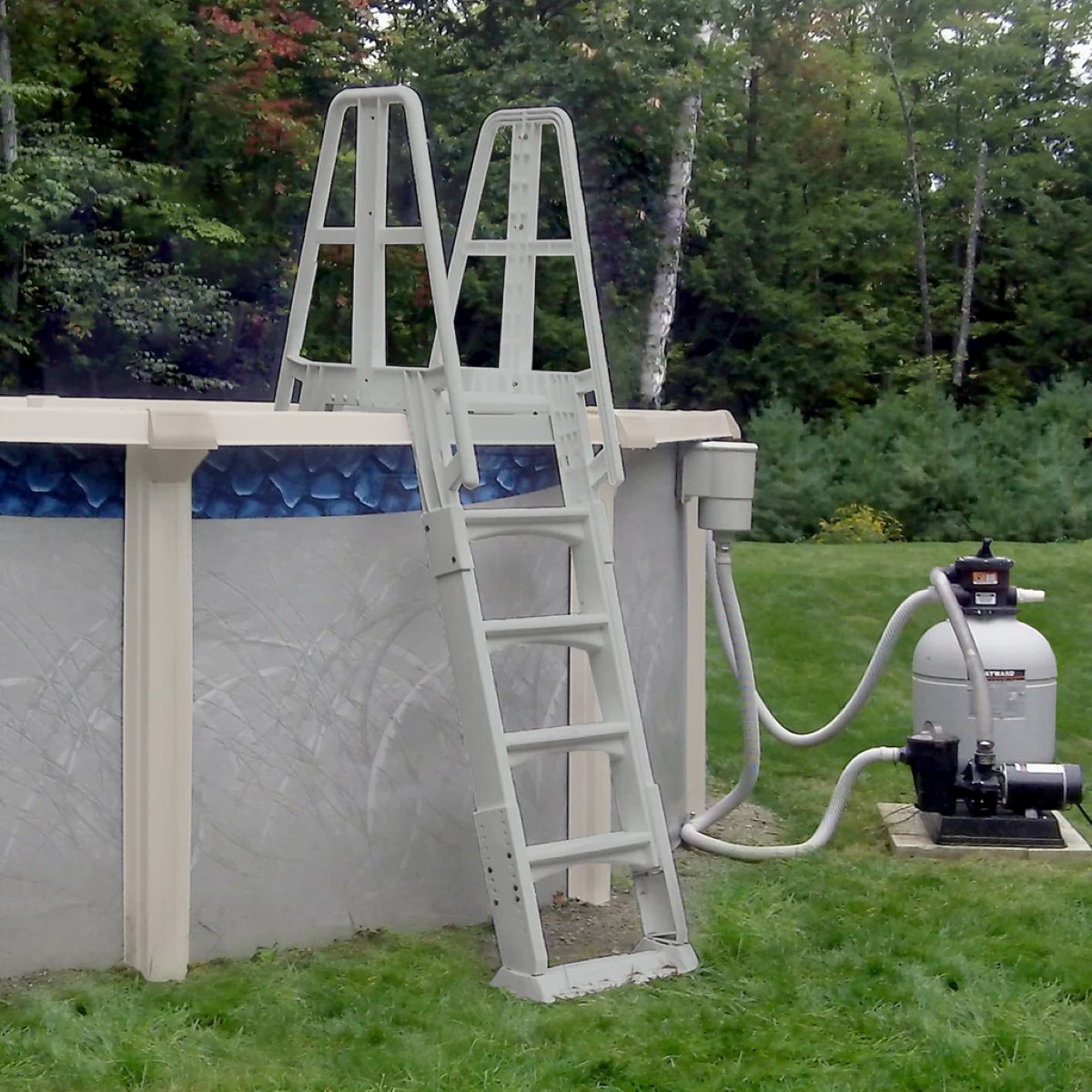
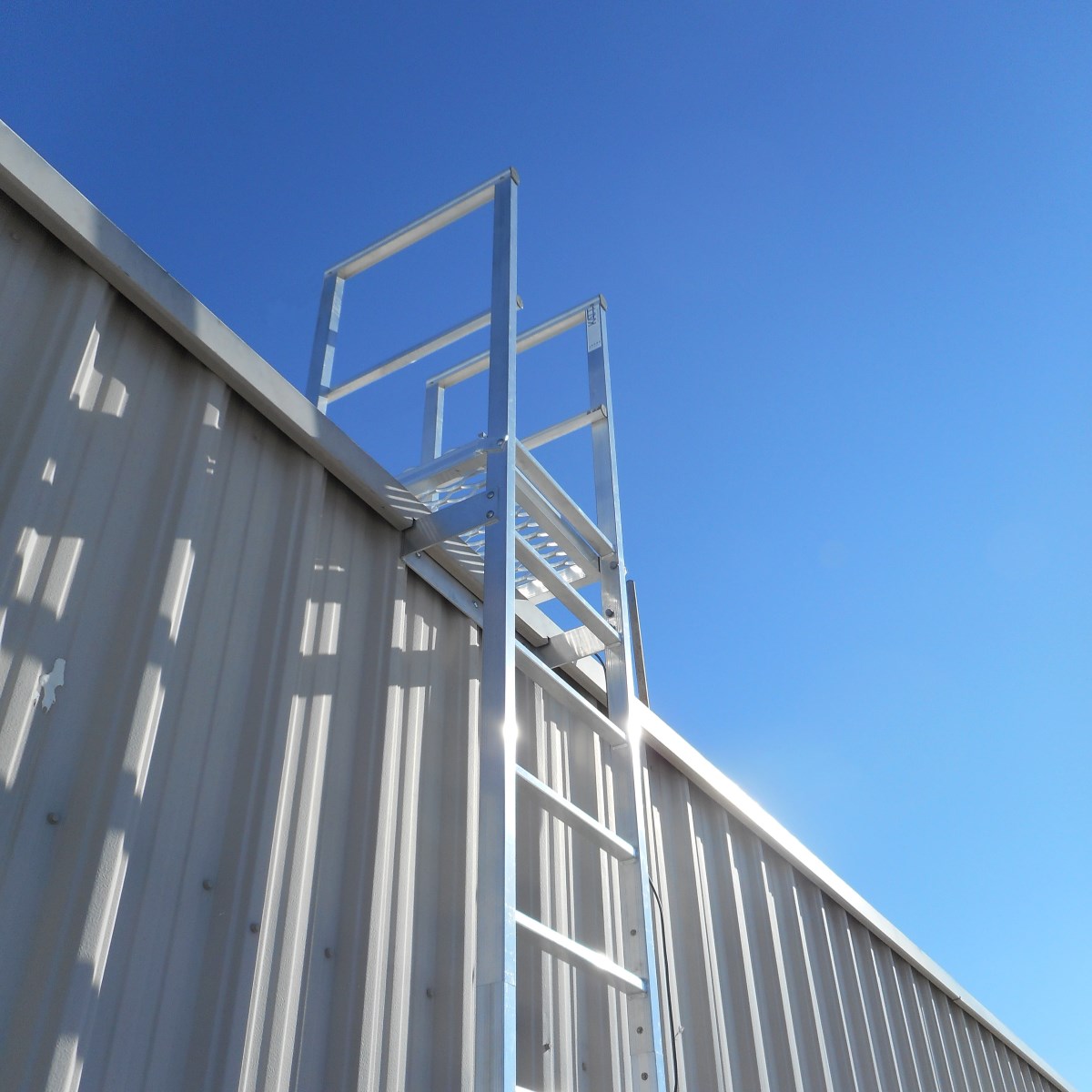
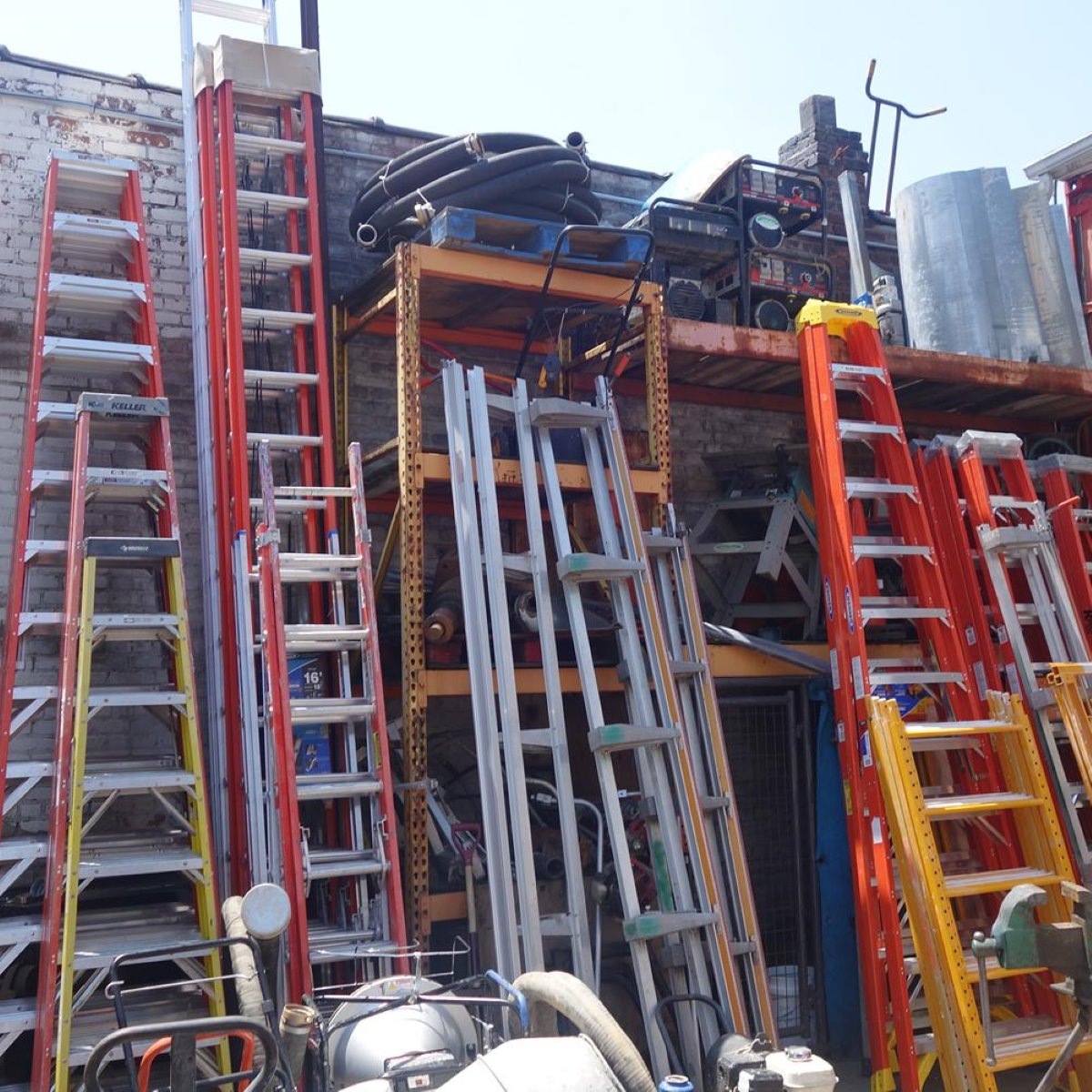
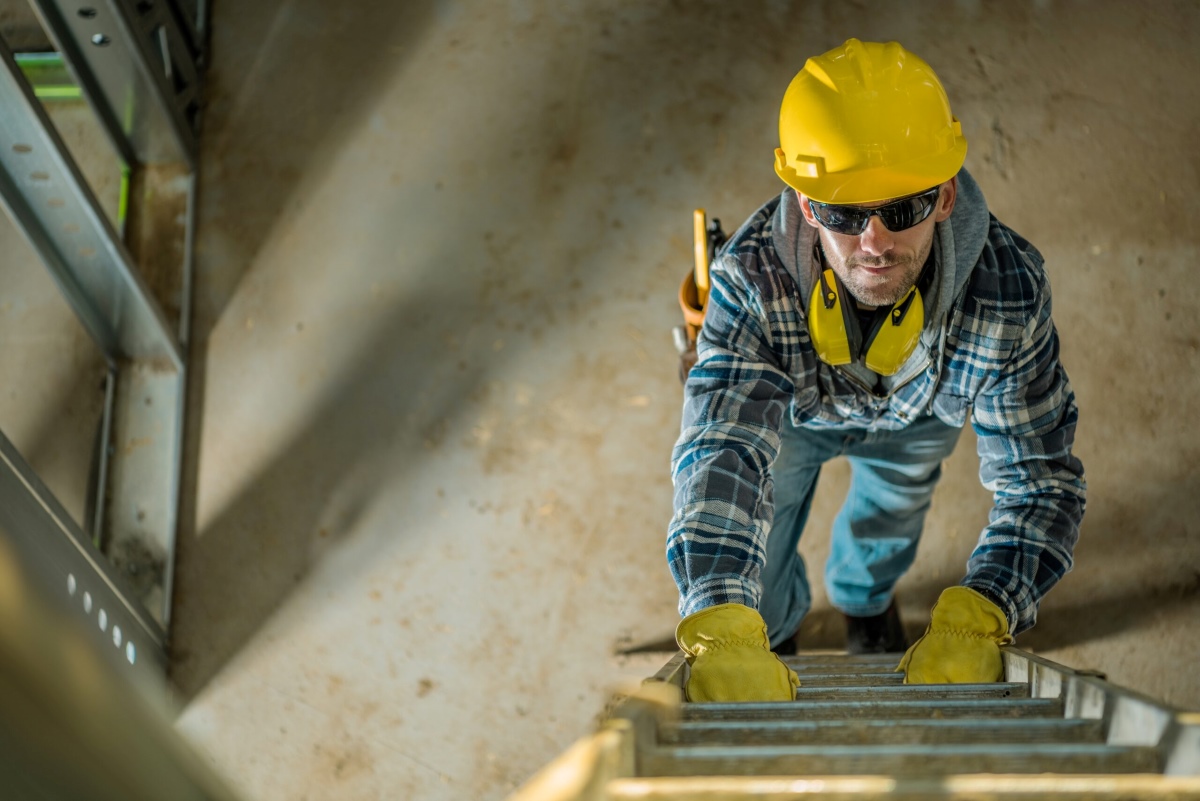
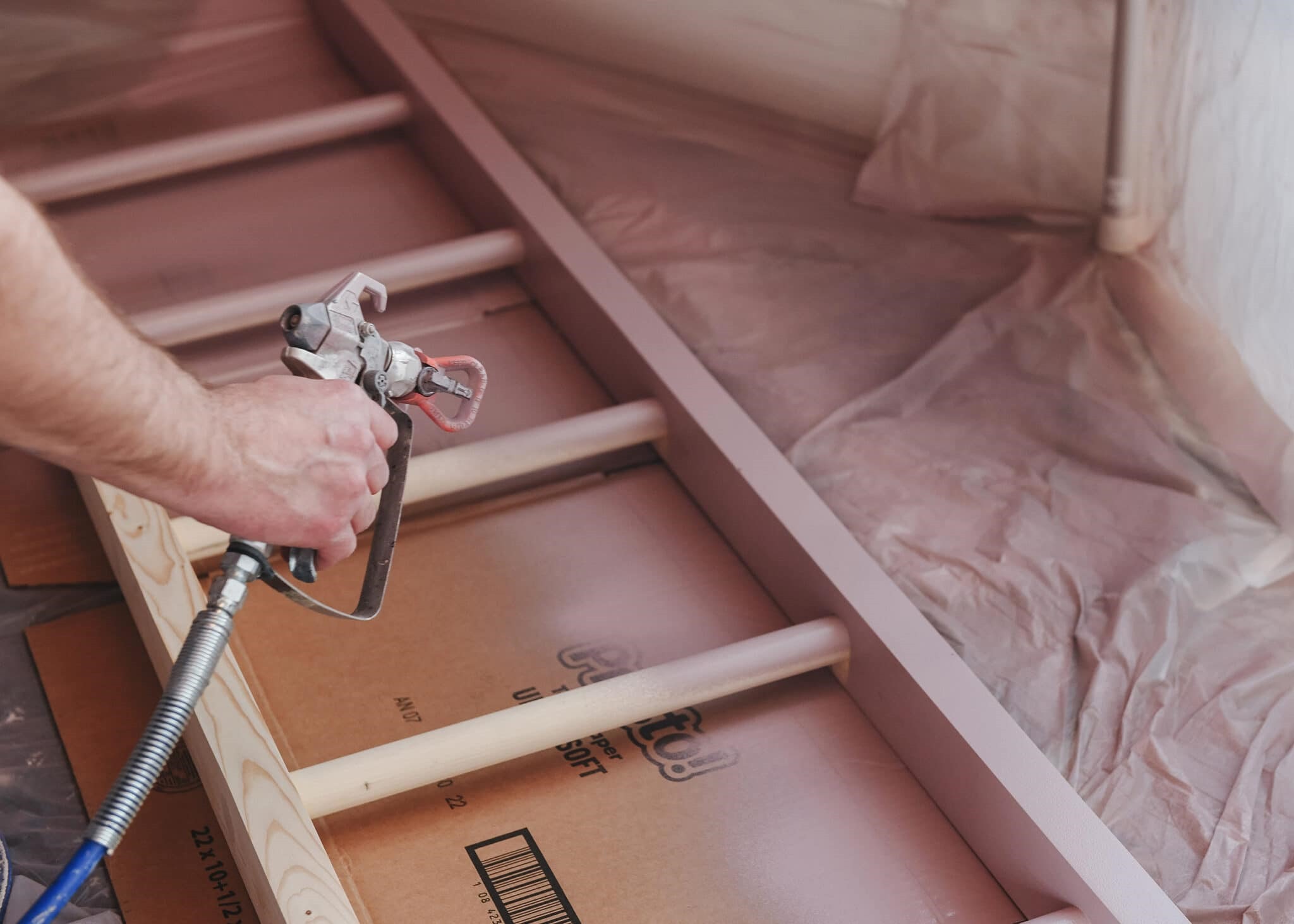
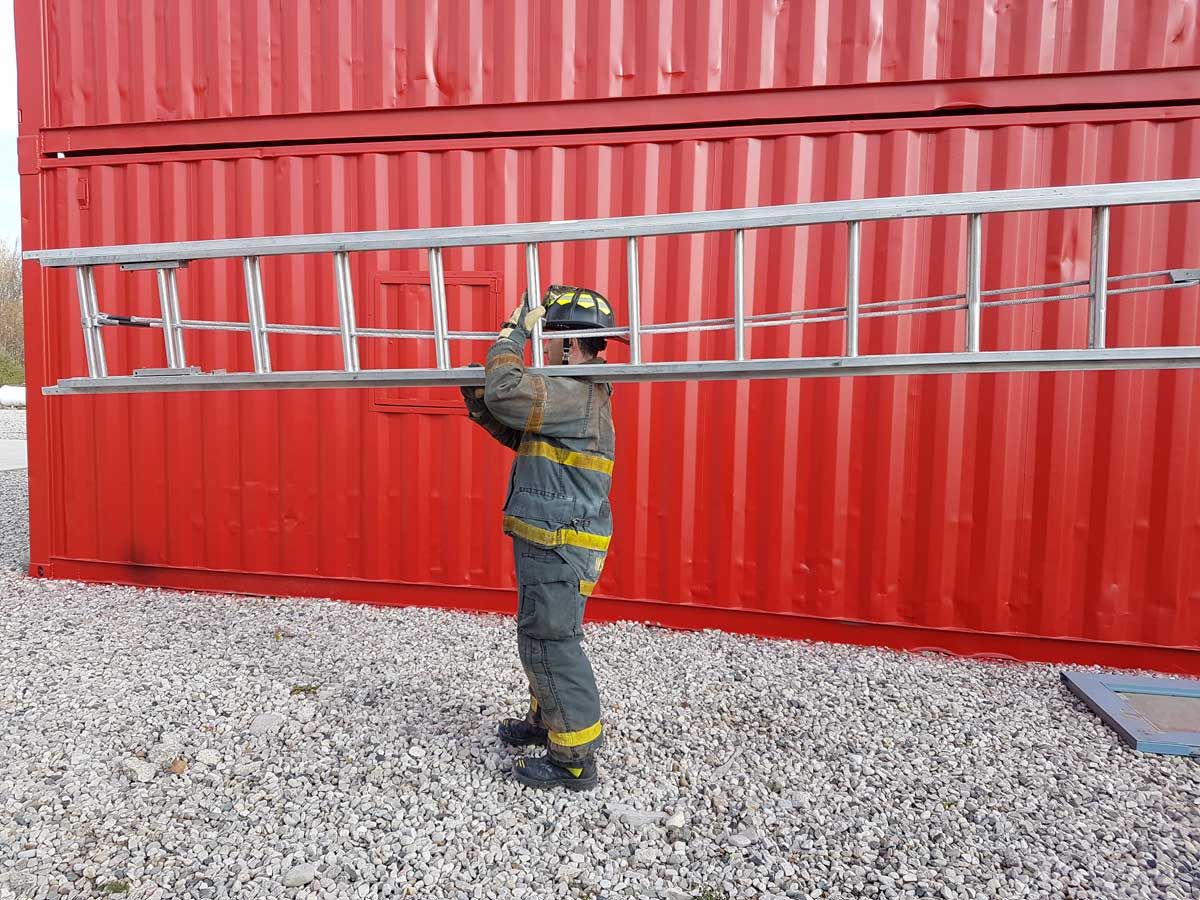

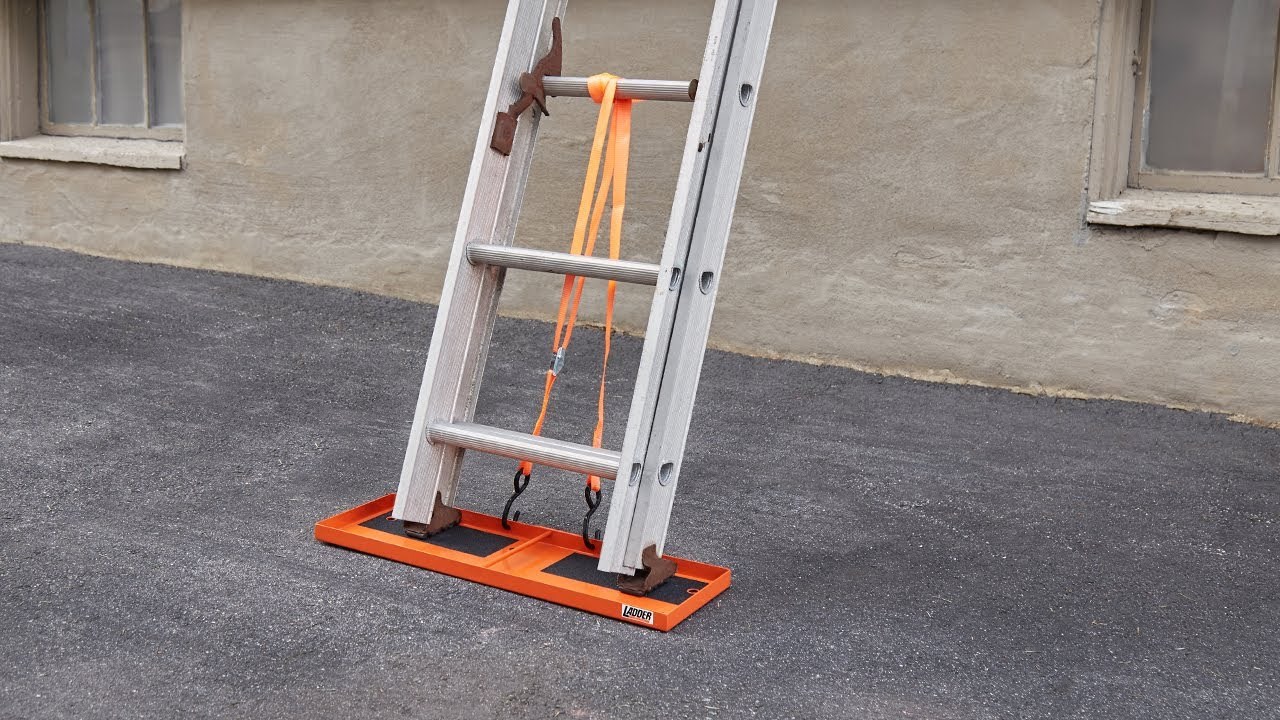
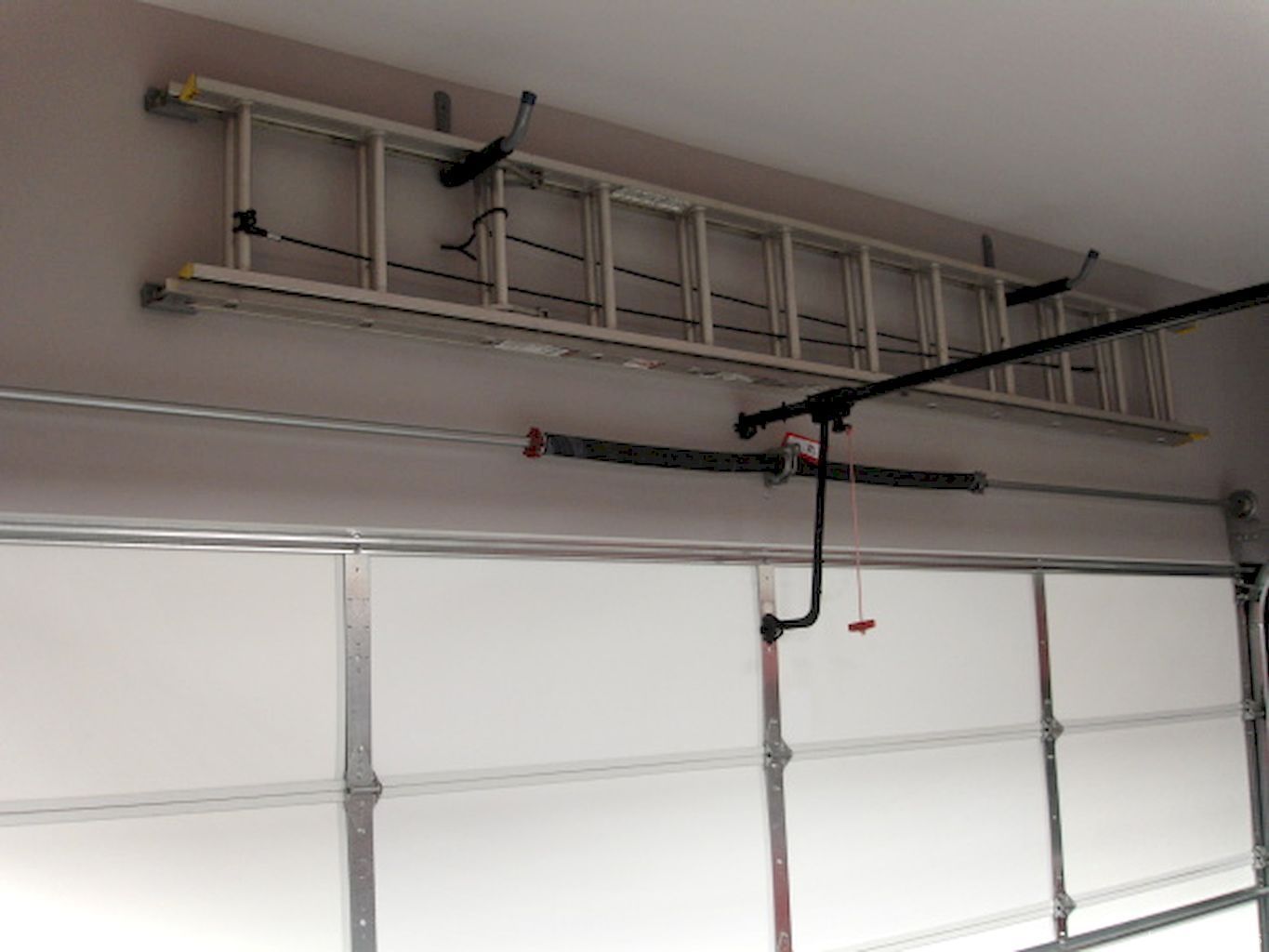
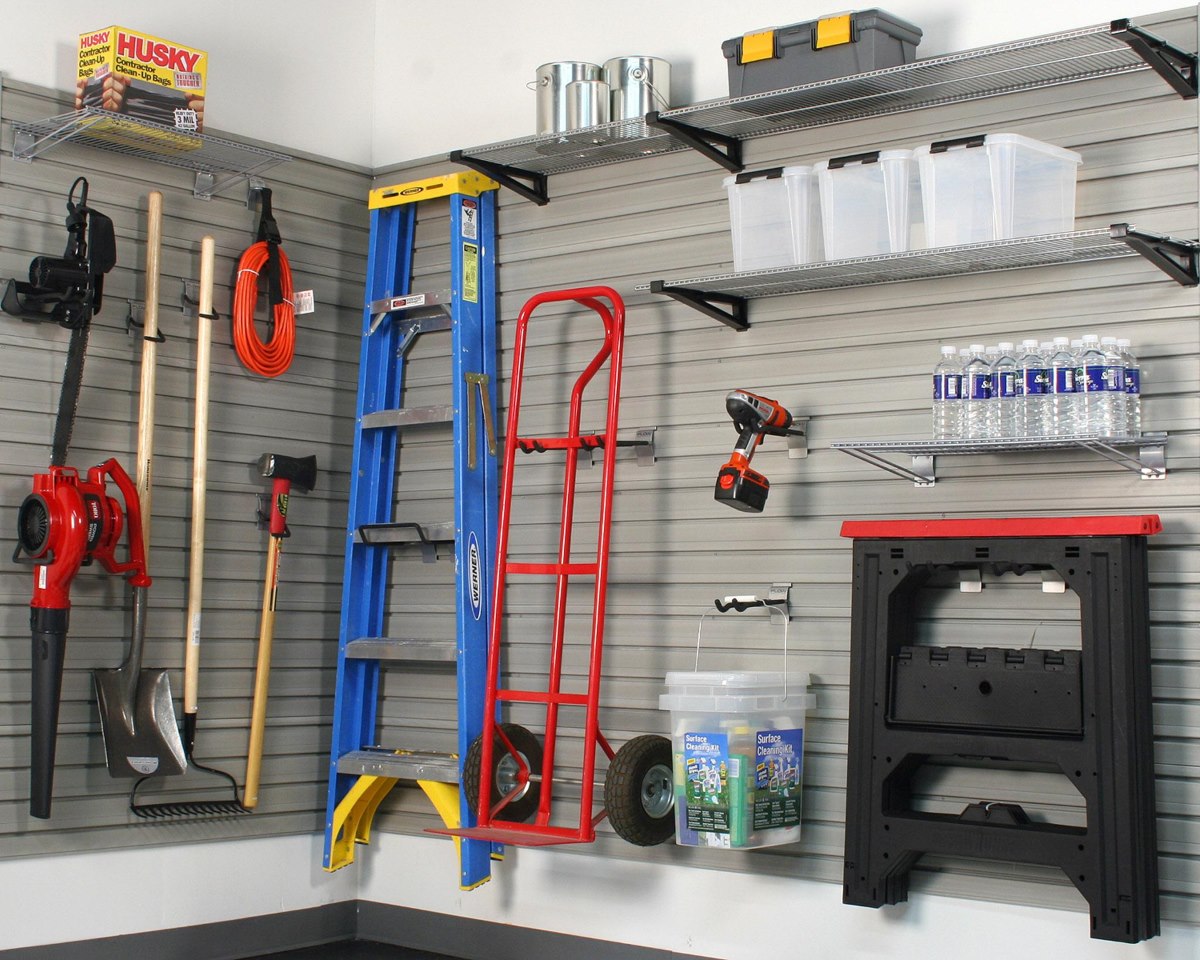

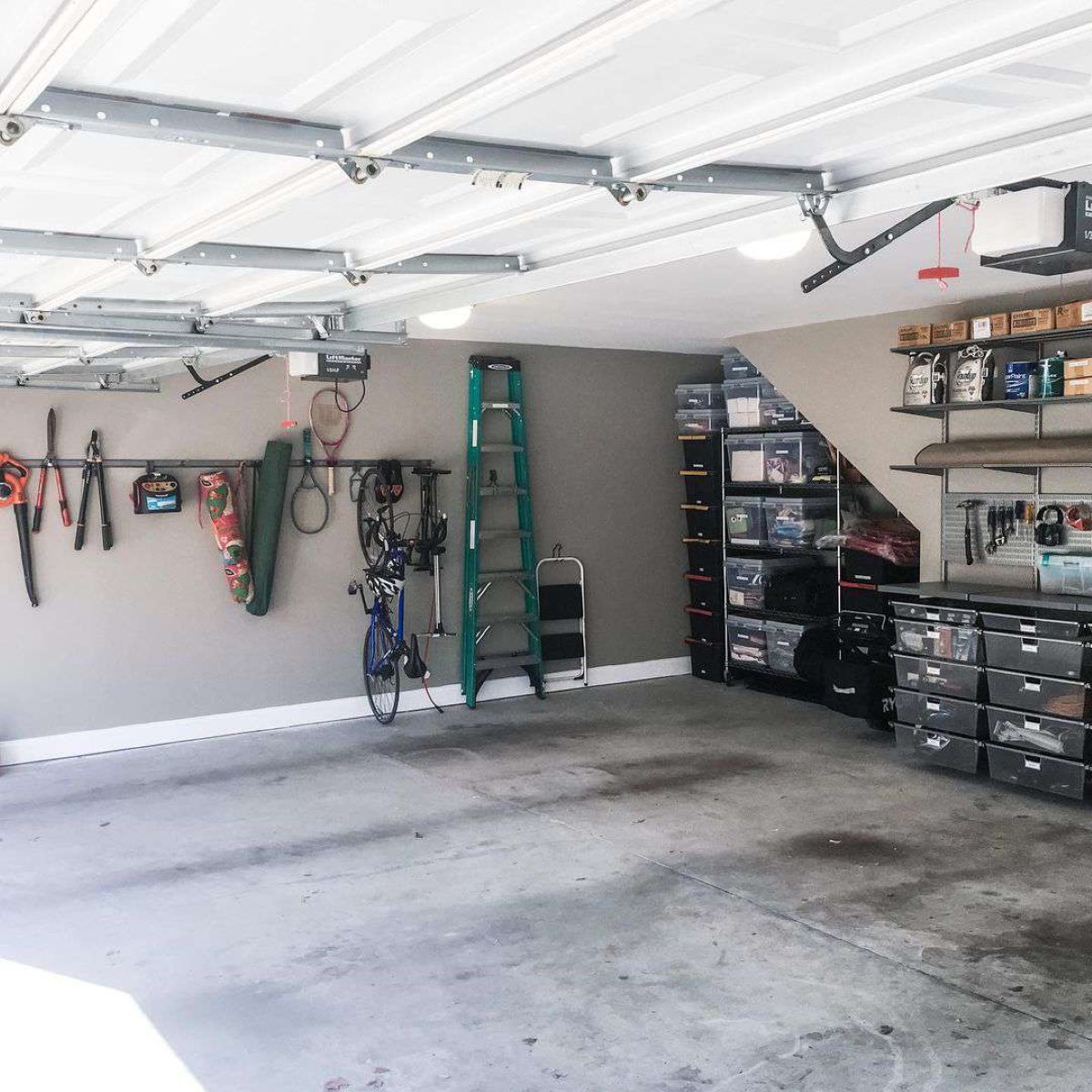
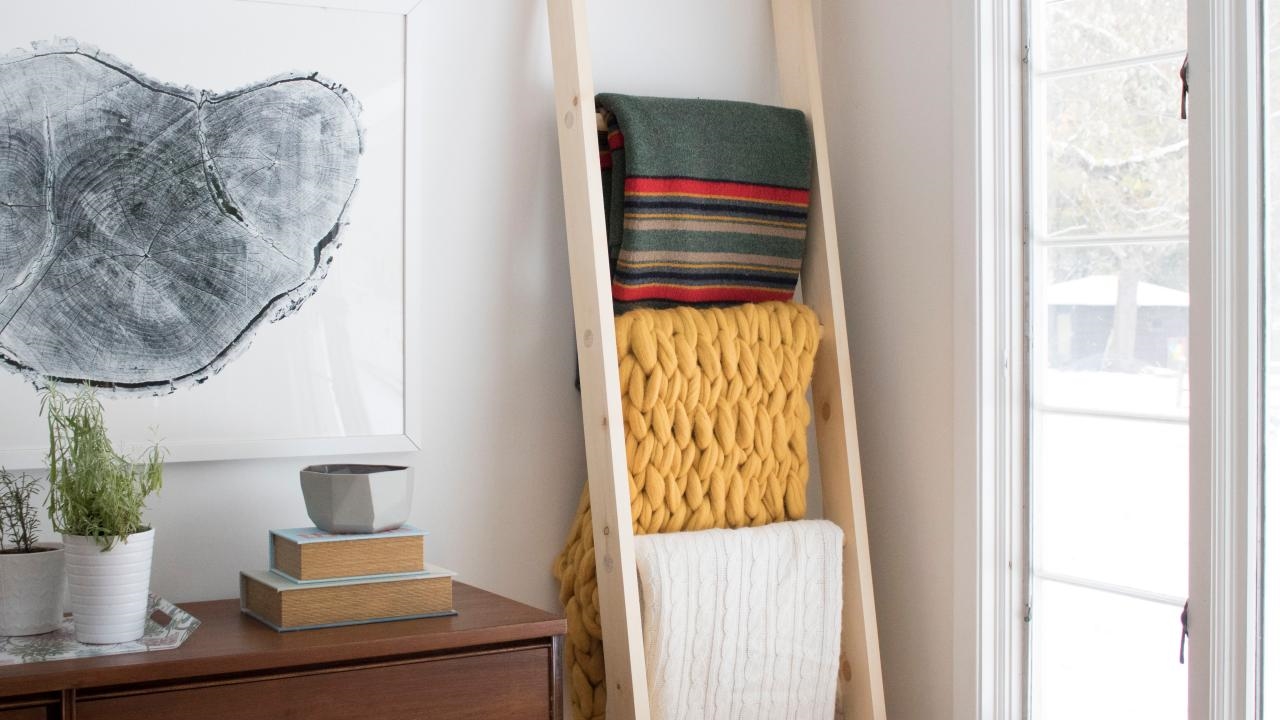
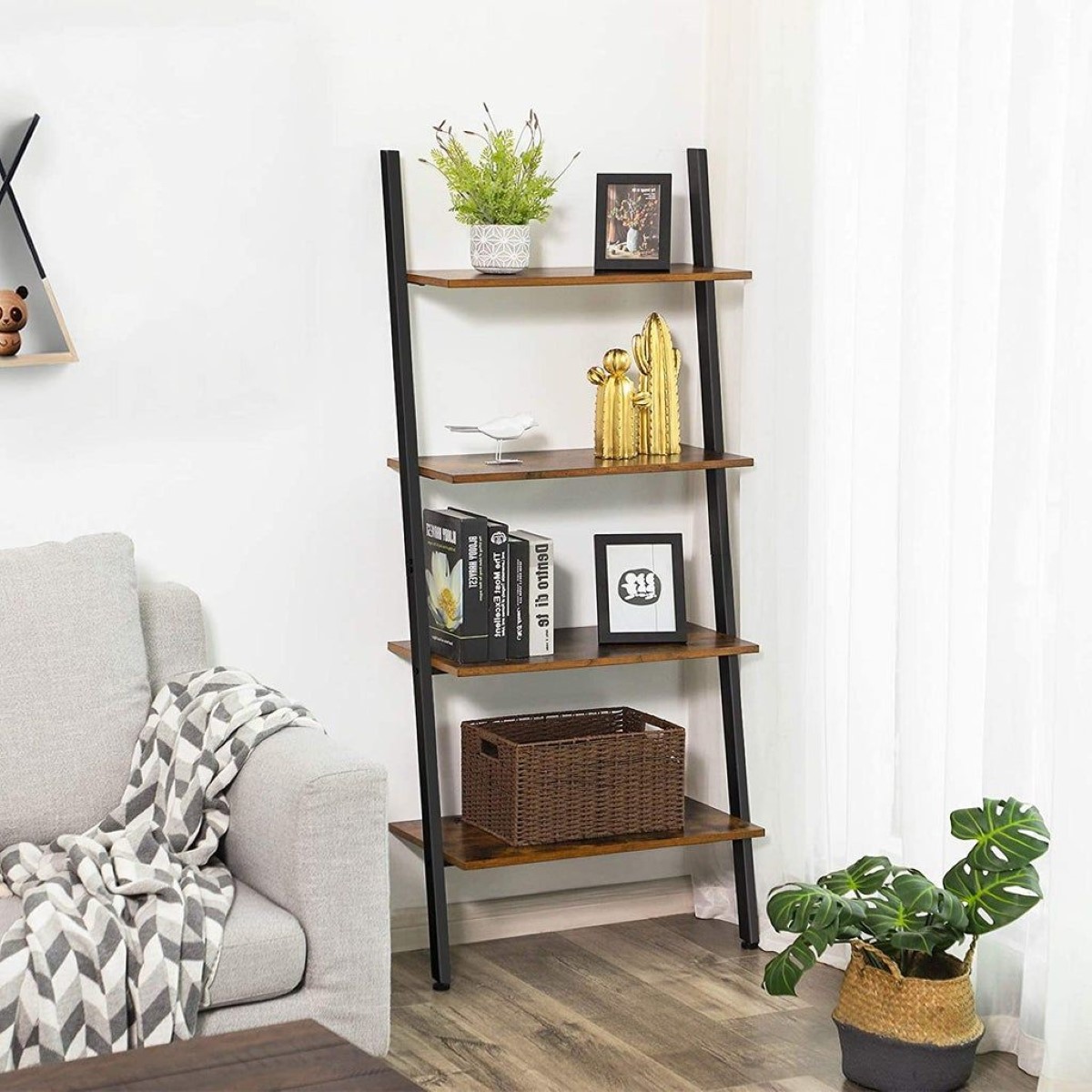

0 thoughts on “How To Secure A Ladder To A Flagpole”